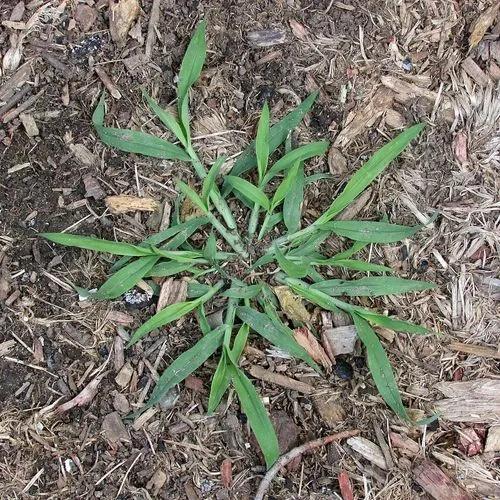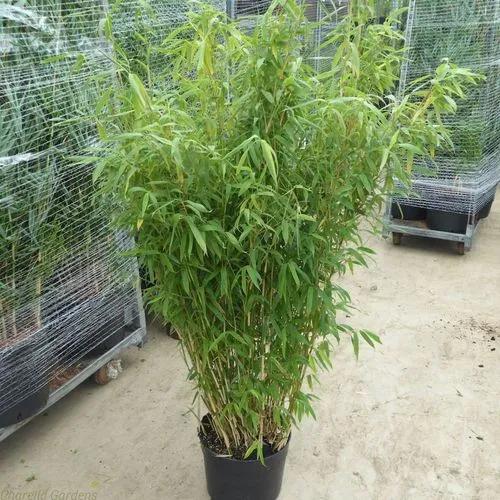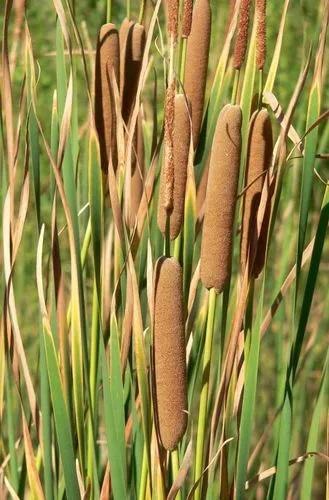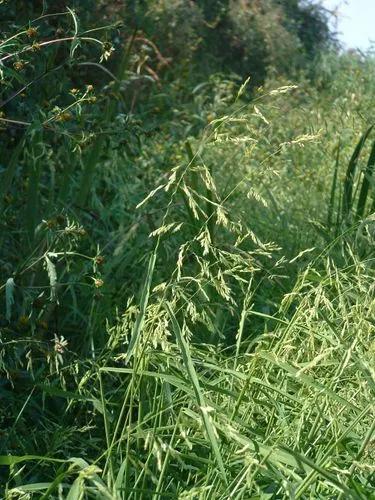Asparagus aethiopicus is a branching, perennial climber, 2–3 m high, with firm, woody stems which are armed with short, 10–12 mm long, hard, recurved spines. Young stems are twining and ribbed, becoming woody, smooth and pale. The root system is rhizomatous, with many long roots forming bulbous tubers and a mat of fibrous roots, from which new stems may resprout. The leaves are not true leaves but are actually leaf-like cladodes (modified flattened stem), which are 10–40 mm long and 1.0–1.5 mm wide, and arise in groups of 4–6 from the stem. Cladodes are terete (cylindrical in cross section) or ridged, tipped with a short, sharp point and usually grey-green. The flowers are small, white, star-like and fragrant, 3–5 mm long and arise in clusters off the stem, mainly in summer to winter (Jan.–Jun.). Flowers are followed by small, rounded berries 5 mm in diameter, which bear a black, 3 mm diameter seed. Initially green, the berries turn red when mature in spring to early summer (Aug.–Nov.).
Asparagus Aethiopicus Care
Asparagus Aethiopicus



How to Care for the Plant

Water

Keeping an asparagus fern hydrated takes a little effort, and this plant thrives on humidity. Indoor growing conditions can often be dry, especially due to winter heat. Mist the plant daily, focusing on the arching stems. If the plant appears to be turning brown and droopy, it likely needs more water. While the asparagus fern can dry out to the point of appearing dead, it likely isn't. Warmer, humid air and daily misting will help revive it. Outdoors, keep asparagus fern well watered to prevent the soil from completely drying out.

Pruning

Asparagus ferns are fast growers, and you may want to trim yours to keep it tidy. Conversely, it's okay if you want it to look wild and shaggy. Use clean garden shears or sharp scissors to give your plant shape.

Fertilizer

Feed asparagus fern with liquid or water-soluble all-purpose plant food diluted to half strength. During summer, the plant may need weekly feedings; otherwise, feed monthly.

Sunlight

The asparagus fern thrives in dappled shade, although it can be acclimated to more light. Keep it out of direct, bright sunlight.

Soil

Plant asparagus ferns in pots or containers in loose, well-drained potting soil. Outdoors, plant it in rich, well-drained soil that is slightly acidic. It is generally tolerant of less-than-ideal soil conditions.

Temperature

Try to maintain a warm temperature (around 70 degrees Fahrenheit) and not dip below 55 degrees Fahrenheit for too long. If you have a shady porch outside, or a greenhouse, the indoor plants will likely respond with abundant growth over the summer.

Additional

Asparagus fern plants are mildly toxic to humans as well as cats and dogs.
If consumed, the berries of the plant may cause gastrointestinal issues, such as diarrhea, vomiting, and abdominal pain. If the berries come in contact with the skin, they may cause a rash at the point of contact. The foliage of many asparagus ferns can cause skin irritation. If you have children or pets, this is not a good plant to have around, indoors or out.
Popularity

10,014 people already have this plant 964 people have added this plant to their wishlists
Discover more plants with the list below
Popular articles






